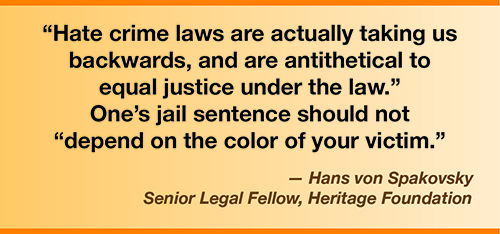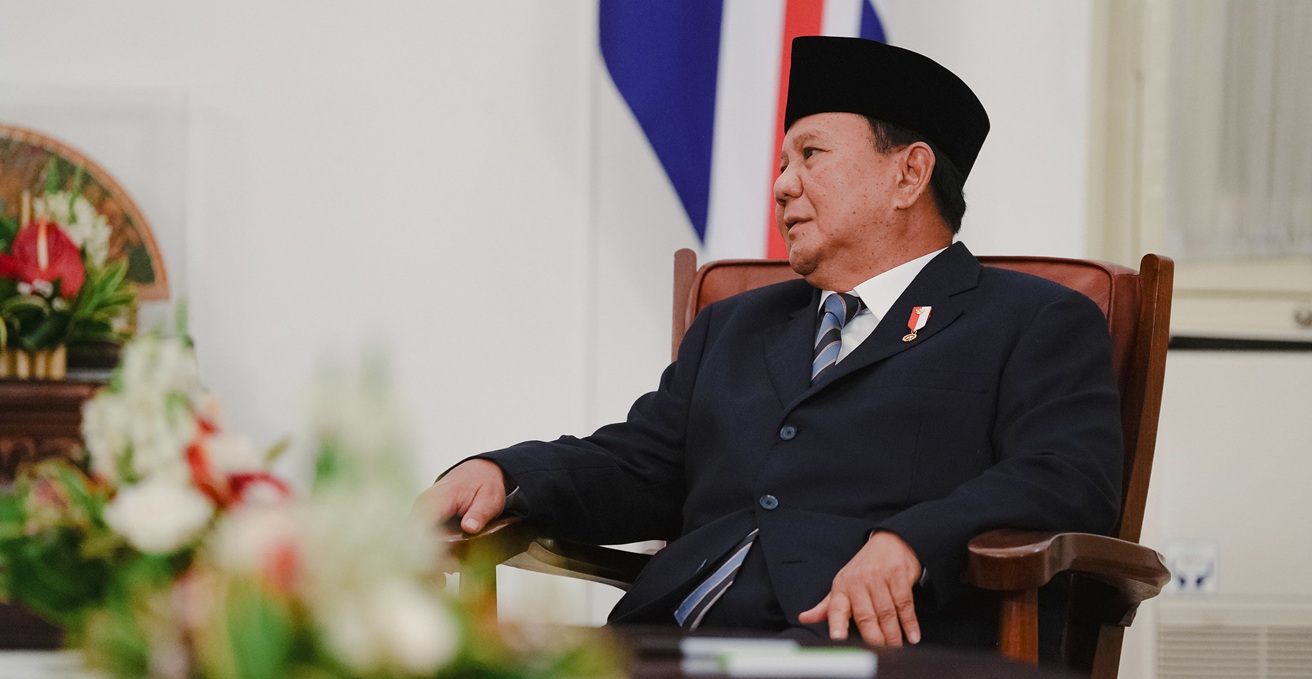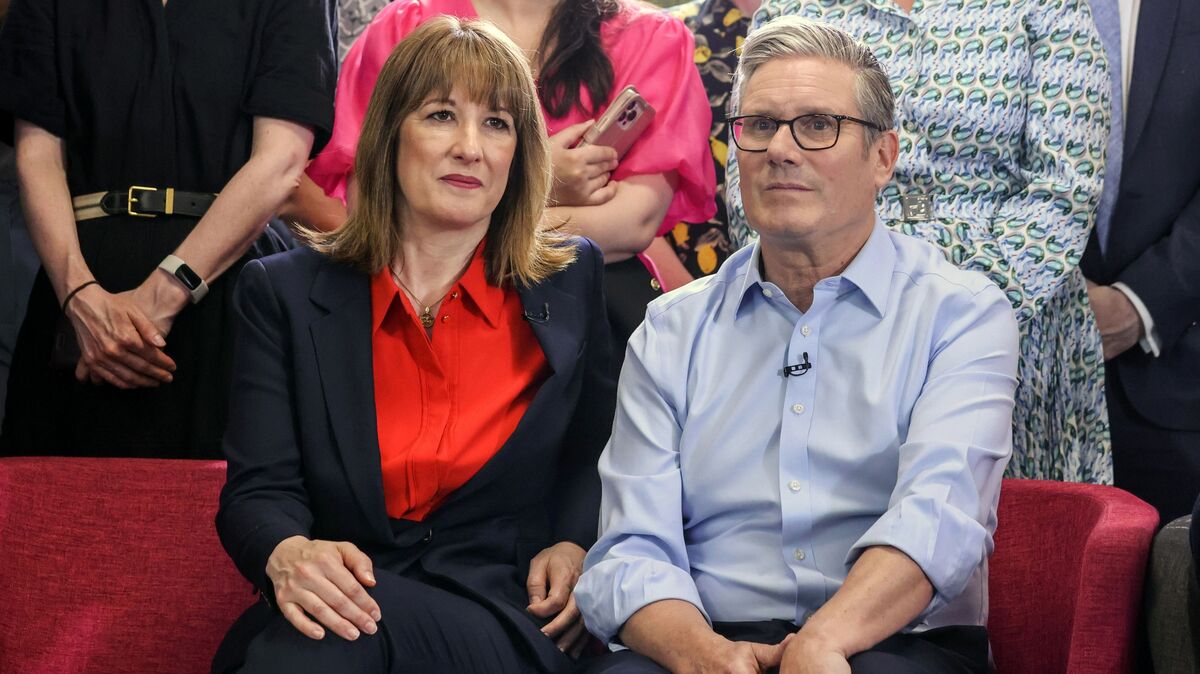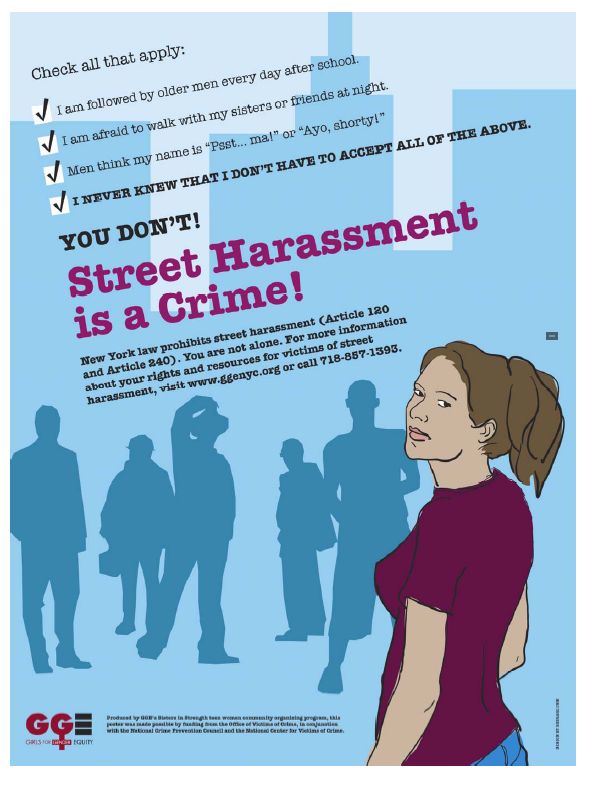Report on Gender-Inclusive Recovery for Ukraine Ahead of URC25
Introduction: Aligning Ukraine’s Recovery with Sustainable Development Goals
As preparations commence for the Ukraine Recovery Conference 2025 (URC25) in Rome, this report outlines the critical need to integrate gender equality and the principles of the Sustainable Development Goals (SDGs) into the core of Ukraine’s recovery and reconstruction strategy. Analysis of past efforts indicates a significant gap in aligning the recovery process with **SDG 5 (Gender Equality)** and **SDG 16 (Peace, Justice and Strong Institutions)**. The upcoming conference presents a pivotal opportunity for governments, donors, and recovery actors to rectify this by ensuring the full and meaningful participation of women and marginalized groups in all decision-making processes.
Analysis of Past Recovery Conferences and Current Challenges
The Ukraine Recovery Conference 2024 (URC24) in Berlin demonstrated limited progress in achieving gender-inclusive dialogue. Key observations include:
- Insufficient Representation: Discussions on Ukraine’s future were conducted with minimal representation of women. Only one Ukrainian women-led organization was featured as a speaker outside of a dedicated gender panel, failing to meet the standards of inclusive decision-making outlined in **SDG 16.7**.
- Exclusion from Decision-Making: Civil society organizations (CSOs) and Women’s Rights Organizations (WROs) were not meaningfully integrated into primary decision-making forums, undermining the partnership principles of **SDG 17 (Partnerships for the Goals)**.
- Systemic Underfunding: Despite leading critical humanitarian and social cohesion initiatives, WROs face a funding crisis. The lack of flexible, long-term resources hinders their capacity to contribute effectively to local recovery and directly impedes progress on **SDG 5**.
These shortcomings highlight a disconnect between recovery planning and the on-the-ground realities where women are disproportionately affected by the conflict but are also central to community resilience and rebuilding efforts. Their work in providing housing for displaced persons and trauma counseling directly supports **SDG 3 (Good Health and Well-being)** and **SDG 11 (Sustainable Cities and Communities)**.
Recommendations for an SDG-Aligned URC25
To ensure the URC25 fosters a truly sustainable and equitable recovery, CARE Ukraine, in conjunction with Ukrainian civil society, puts forth the following recommendations:
- Guarantee Inclusive Participation: Ensure the full, direct, and meaningful participation of women, girls, and marginalized groups in all URC25 discussions and decision-making processes. This is fundamental to achieving **SDG 5** and **SDG 16**.
- Integrate Women’s Expertise Across All Sectors: Women-led and women’s rights organizations must be invited to speak across all thematic sessions, including infrastructure, economic renewal, and governance. This ensures that gender perspectives inform policies related to **SDG 8 (Decent Work and Economic Growth)** and **SDG 9 (Industry, Innovation and Infrastructure)**.
- Provide Sustainable and Flexible Funding: Allocate flexible, multi-year core funding to WLOs/WROs. This is a direct investment in **SDG 5** and strengthens the local institutional capacity required for a resilient recovery, as envisioned by **SDG 16**.
- Mainstream Gender Equality as a Cross-Cutting Priority: Gender equality must be treated as a foundational pillar, not an add-on, across the entire URC25 agenda. This approach is essential for ensuring that all recovery efforts, from peacebuilding to economic renewal, are equitable and sustainable.
Conclusion: A Pathway to a Gender-Transformative Recovery
The recovery of Ukraine is an opportunity to rebuild a more just, resilient, and equitable society in line with the 2030 Agenda for Sustainable Development. The success of this endeavor is contingent upon placing gender equality at its center. The URC25 co-hosts, the Governments of Italy and Ukraine, are urged to champion these recommendations, transforming the recovery framework from one focused solely on physical reconstruction to one that rebuilds trust, dignity, and opportunity for all. Making **SDG 5** a non-negotiable pillar of the recovery process is the only viable path toward a sustainable and peaceful future for Ukraine.
Analysis of Sustainable Development Goals in the Article
1. Which SDGs are addressed or connected to the issues highlighted in the article?
The article primarily addresses three Sustainable Development Goals (SDGs) by focusing on the inclusion of women and marginalized groups in Ukraine’s post-war recovery and reconstruction efforts.
- SDG 5: Gender Equality: This is the central theme of the article. It explicitly calls for gender equality to be “placed at the heart of the recovery and reconstruction process” and to be a “pillar of recovery.” The text highlights the disproportionate impact of the war on women and the need for their meaningful participation and leadership.
- SDG 16: Peace, Justice and Strong Institutions: The article addresses this goal by advocating for inclusive and participatory decision-making. It criticizes the exclusion of women and civil society from “main decision-making spaces” and calls for “full, direct and meaningful participation” in governance and peacebuilding processes related to the Ukraine Recovery Conference (URC25).
- SDG 17: Partnerships for the Goals: This goal is relevant through the article’s discussion of the collaboration between governments (Ukraine, Italy), international actors (CARE), donors, and local civil society organizations (women’s rights organizations – WROs). The call for “flexible, multi-year core funding” for WROs is a direct appeal to strengthen these partnerships through effective resourcing.
2. What specific targets under those SDGs can be identified based on the article’s content?
Several specific targets can be identified based on the demands and issues raised in the article.
- Target 5.5: Ensure women’s full and effective participation and equal opportunities for leadership at all levels of decision-making in political, economic and public life.
- Explanation: The article directly supports this target by lamenting the lack of female representation (“rooms full of decision-makers debating Ukraine’s future with almost no women at the table”) and explicitly demanding “full, direct and meaningful participation of women, girls and marginalized groups in all discussions and decision-making processes.”
- Target 5.c: Adopt and strengthen sound policies and enforceable legislation for the promotion of gender equality and the empowerment of all women and girls at all levels.
- Explanation: The call to “mainstream gender equality as a cross-cutting priority in every part of the URC25 agenda” and make it a “pillar of recovery” aligns with this target. It advocates for embedding gender equality into all formal policies and plans for infrastructure, economic renewal, and governance.
- Target 16.7: Ensure responsive, inclusive, participatory and representative decision-making at all levels.
- Explanation: The article’s core argument is a critique of the exclusive nature of past recovery conferences, noting that “Civil society and women’s rights organizations (WROs) were not meaningfully included in main decision-making spaces.” The demand for their inclusion in all thematic sessions of URC25 directly relates to making the decision-making process more inclusive and representative.
- Target 17.17: Encourage and promote effective public, public-private and civil society partnerships.
- Explanation: The article highlights the partnership between governments, donors, and civil society. The call to “Provide flexible, multi-year core funding to WLOs/WROs” is a specific recommendation to make these partnerships more effective by ensuring local organizations have the resources to “sustain their services, advocacy and leadership in long-term recovery efforts.”
3. Are there any indicators mentioned or implied in the article that can be used to measure progress towards the identified targets?
Yes, the article mentions or implies several quantitative and qualitative indicators that can be used to measure progress.
- Indicator for Target 5.5: The proportion of women participating in decision-making.
- Explanation: The article provides a baseline by stating, “Only one Ukrainian women-led organization was included as a speaker outside the dedicated panel on gender-related impacts” at URC24. Progress for URC25 could be measured by tracking the number and proportion of women and representatives from women-led organizations invited to speak across all thematic sessions and included in decision-making bodies.
- Indicator for Target 16.7: The level of inclusion of civil society and marginalized groups.
- Explanation: The article implies this indicator by stating that WROs were “not meaningfully included in main decision-making spaces.” Progress can be measured by the degree of direct and meaningful participation of WROs and marginalized groups in all URC25 discussions, moving beyond token inclusion on a single panel.
- Indicator for Targets 5.c and 17.17: The amount and type of funding allocated to gender equality and women’s organizations.
- Explanation: The article points to a “funding crisis” and “systemic underfunding” for WROs. A clear indicator of progress would be the amount of “flexible, multi-year core funding” committed and disbursed to WLOs/WROs by governments and donors as a result of the URC25 conference.
4. Summary Table of SDGs, Targets, and Indicators
| SDGs | Targets | Indicators Identified in the Article |
|---|---|---|
| SDG 5: Gender Equality | 5.5: Ensure women’s full and effective participation and equal opportunities for leadership at all levels of decision-making. | The number and proportion of women and representatives from women-led organizations speaking and participating in all URC25 decision-making processes. |
| 5.c: Adopt and strengthen sound policies for the promotion of gender equality. | The extent to which gender equality is mainstreamed as a cross-cutting priority in all parts of the URC25 agenda (infrastructure, economy, governance). | |
| SDG 16: Peace, Justice and Strong Institutions | 16.7: Ensure responsive, inclusive, participatory and representative decision-making at all levels. | The level of meaningful inclusion of civil society, WROs, and marginalized groups in main decision-making spaces and thematic sessions at URC25. |
| SDG 17: Partnerships for the Goals | 17.17: Encourage and promote effective public, public-private and civil society partnerships. | The amount of flexible, multi-year core funding committed and provided to women-led and women’s rights organizations (WLOs/WROs). |
Source: reliefweb.int







